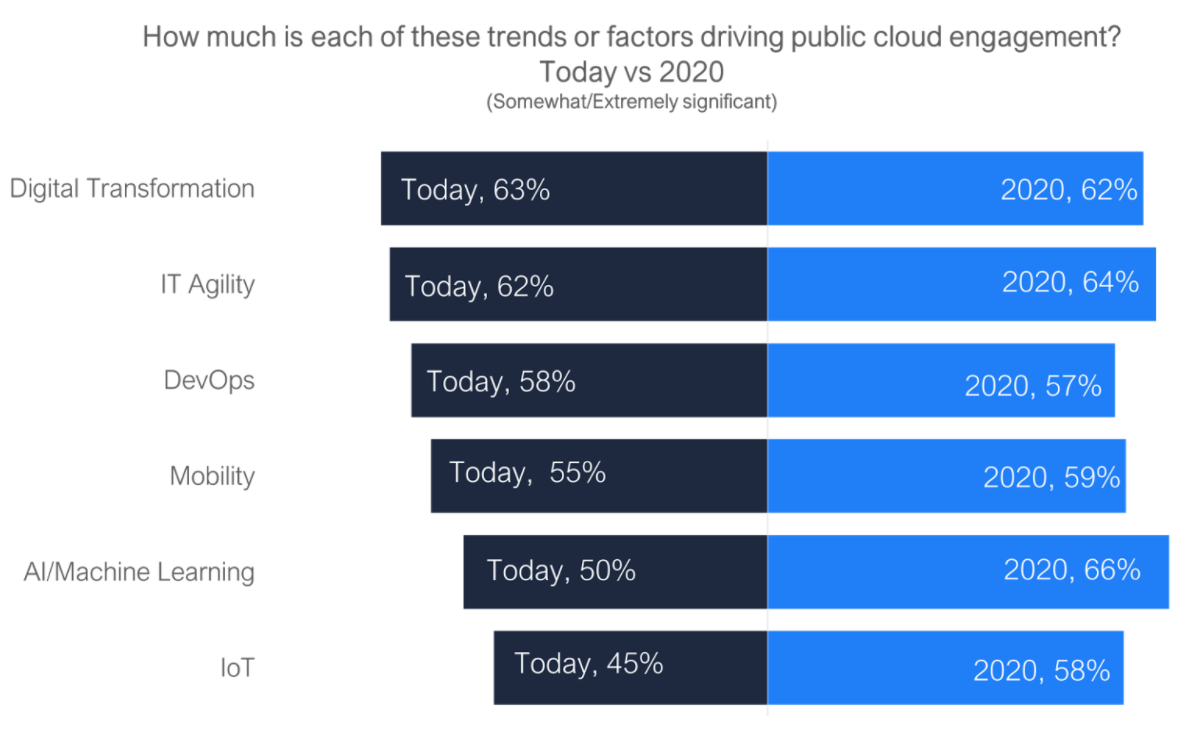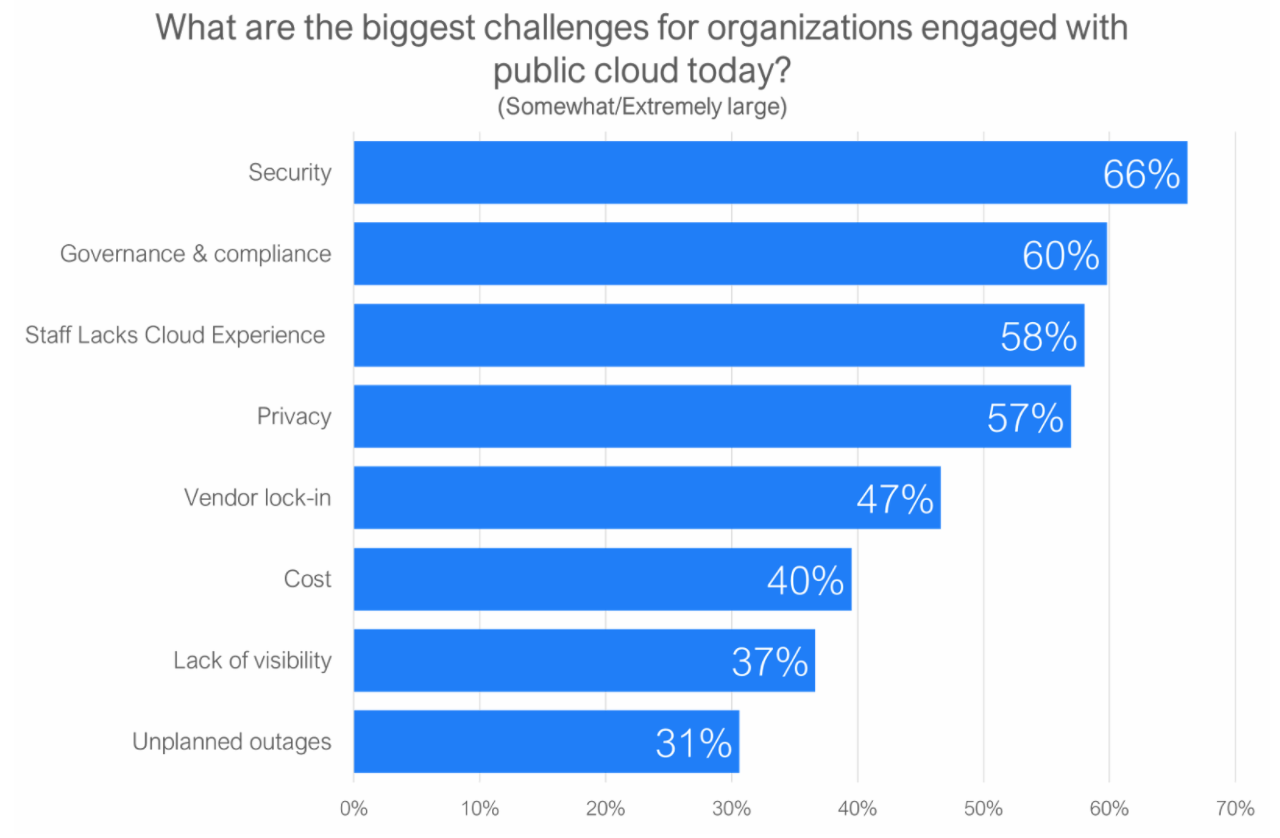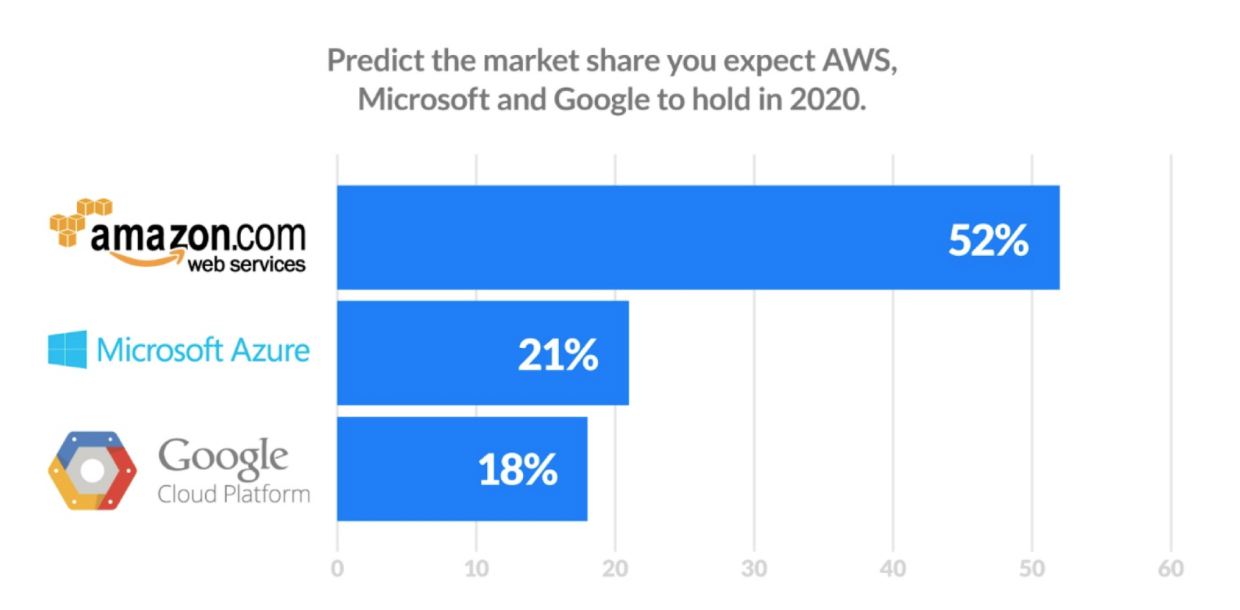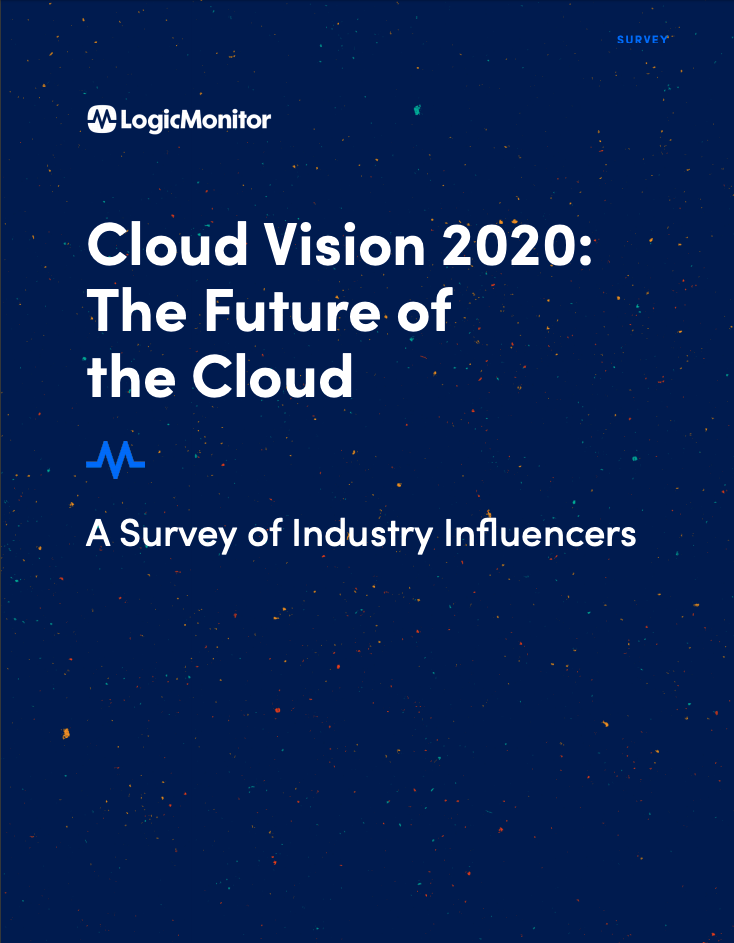I recently read a CNBC article about Amazon that used the terms “42 percent year-over-year revenue growth” and “slump” in the same sentence. As in an “anemic,” 42 percent growth rate in Amazon’s earnings meant Amazon had entered a growth slump.
That got me thinking – is Amazon really slowing down? What about Amazon’s wildly successful AWS public cloud offering? And what’s in store for public cloud competitors like Microsoft or Google? And, while we’re at it, where is public cloud going in the next several years?
To find out, we decided here at LogicMonitor to execute a survey in advance of (and also at) Amazon’s annual AWS re:Invent show in Las Vegas. We named this the 2017 Future of the Cloud Survey and all told we surveyed nearly 300 enterprise IT executives, which included 200 attendees at AWS re: Invent and an additional 88 gathered online with industry analysts, media, consultants and vendor strategists to explore how the public cloud market will look by 2020.
The findings are fascinating. You can access the full report here, but let me highlight a few interesting tidbits in this blog post…

Cloud Adoption Drivers are Shifting
Why do enterprises adopt public cloud? The drivers our survey respondents cited for today are not surprising: Digital Transformation, IT agility and the emergence of DevOps. But this changes over the next three years. By 2020 AI tops the list. That’s a big shift, and a reminder that nothing stands still in the world of technology.
I think that also portends a big shift in what enterprise wants from the cloud. Today public cloud offers a simpler, more flexible infrastructure model. But when you tell me AI is the biggest driver by 2020 I start to think that enterprises are looking to the cloud as a services platform. Rather than build AI they will look to the cloud to offer the AI services they need to couple with their applications.

The Road to Cloud is Not Always Paved
We know the main public cloud challenges enterprise always cite: Security, governance/compliance and a lack of qualified IT staff to adopt cloud. But as I read further I see that 37 percent say that a lack of visibility into cloud infrastructure is a somewhat to extremely large problem.
We know a thing or two about visibility here at LogicMonitor and that caught my eye. Not because it is surprising (I actually think it is closer to the number one challenge), but rather because enterprises are finally noticing. That’s a sign to me that enterprises are becoming more mature in their understanding of public cloud.
The Competition Intensifies
And the last tidbit – and the one you were probably waiting for – will Amazon’s dominance fade at all over the next three years. Spoiler alert: Not at all. But, it will become a more competitive market for public cloud.

Gartner’s research shows Amazon AWS held a 44 percent share in 2016. According to our survey that will grow to 52 percent by 2020. That’s a pretty dominant lead, but represents a paltry 4 percent annual growth rate in market share. Microsoft Azure, on the other hand, grows to 21 percent from 7 percent (a 32 percent AGR) and Google Public Cloud grows to 18 percent from 2 percent (a 73 percent AGR).
The next three years look to be very interesting for public cloud. What’s your view?
For more information on the Future of Cloud Study, please visit our Newsroom, or read the full report here.
